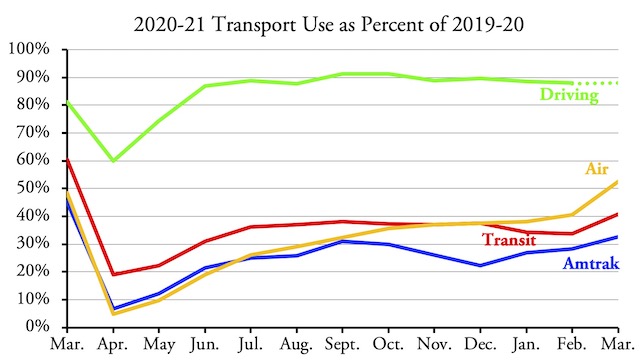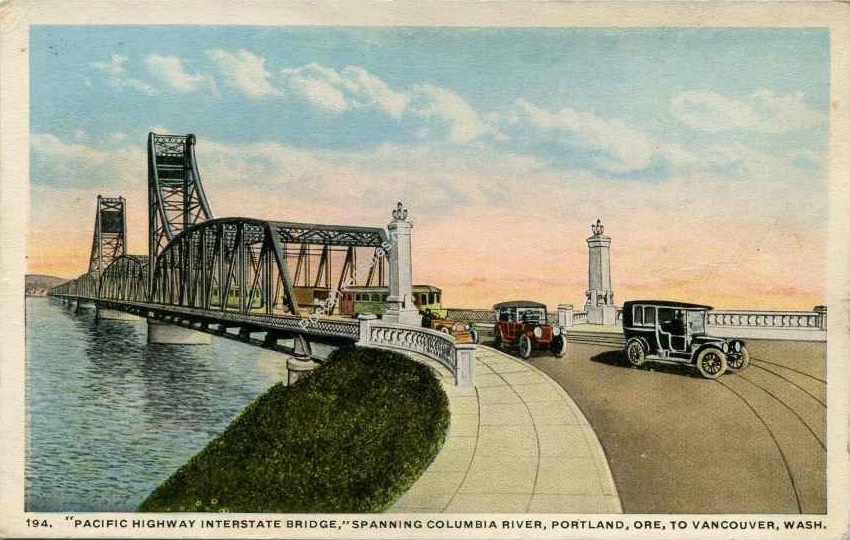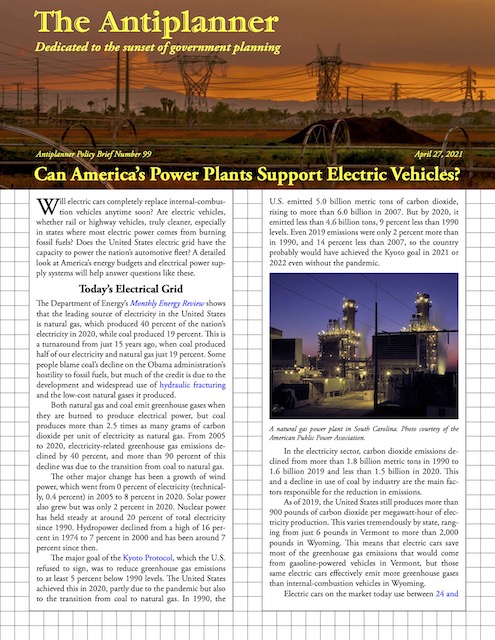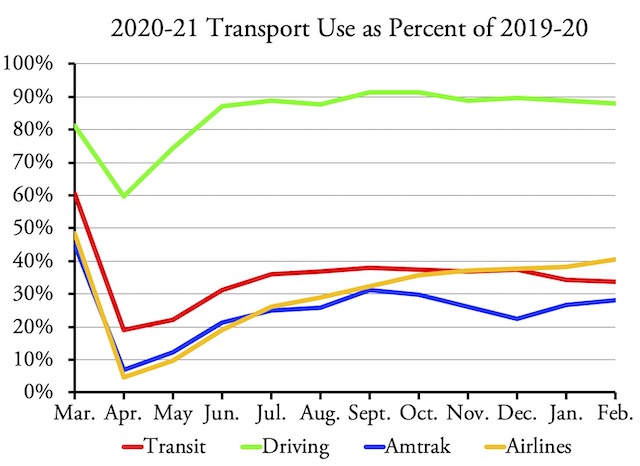“As in many other arenas, California has taken the lead nationally to advance high-speed rail, starting an economically transformative project in the Central Valley and assuming the challenges that come with that leadership.” That sounds like something someone might have made in 2009 when excitement was building over California’s plan to build a high-speed rail line from Los Angeles to San Francisco. There’s no way anyone would talk like that today given what we know about 100 percent cost overruns, more than a decade of delays, and the inability of California to raise the money to finish more than a fraction of the project.
Yet that statement was made just three months ago by Amit Bose, who President Biden has nominated to lead the Federal Railroad Administration and serve as the administration’s cheerleader for high-speed rail and other passenger rail projects.
Bose’s career clearly demonstrates a faith in big-government spending on transportation projects of little value to travelers or shippers. He worked for New Jersey Transit early in his career, and during the Obama administration he worked closely with Secretary of Immobility Ray LaHood, who firmly believed that 8-mile-per-hour streetcars were better than buses despite the buses’ higher speeds, greater capacities, and lower costs. While at DOT, Bose arranged a $2.5 billion federal “loan” to Amtrak to buy new Acela trains despite knowing that Amtrak is unlikely to ever have the funds to repay such a loan (unless they come from other federal grants). Continue reading











